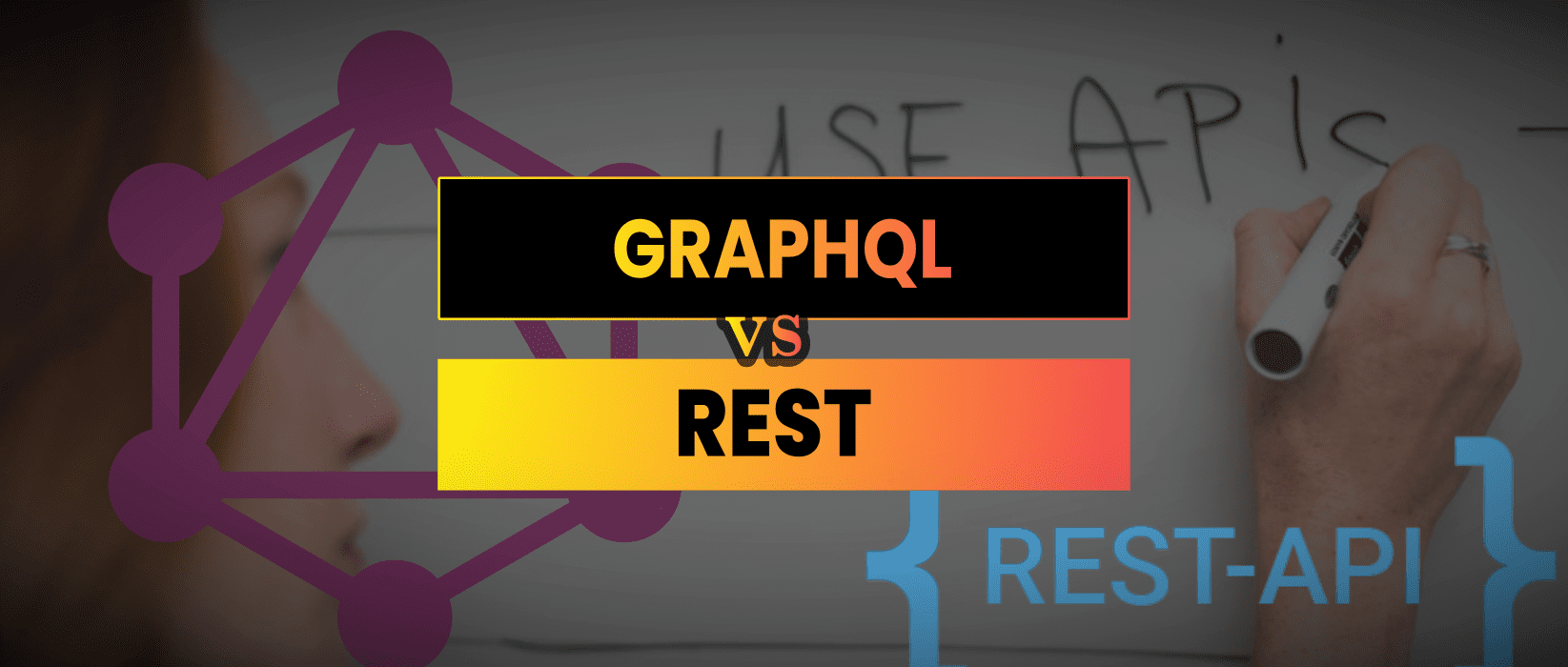At a glance:
- REST has been the backbone of web APIs for decades simple, predictable, and widely supported.
- GraphQL, developed by Facebook in 2012 and open sourced in 2015, offers a more flexible, query based alternative.
This article explores the strengths and limitations of each approach and helps developers choose the right one based on use case, team expertise, and application architecture.
1. REST: The Classic Standard
REST defines a set of architectural principles that use HTTP verbs (GET, POST, PUT, DELETE) to interact with resources represented by URLs. Each endpoint corresponds to a specific data entity or operation.
Example
GET /users/123Advantages of REST
- Simplicity and Familiarity –
Easy to understand and widely supported across frameworks, tools, and client libraries. - Caching Friendly –
REST APIs align naturally with HTTP caching mechanisms, making them efficient for data that doesn’t change often. - Clear Separation of Resources –
Endpoints are well defined, encouraging clean, modular backend design. - Mature Ecosystem –
Extensive tooling for authentication, rate limiting, and documentation (e.g, OpenAPI/Swagger).
Drawbacks of REST
- Over Fetching and Under Fetching –
Clients may receive too much data or need multiple requests to assemble what they need. - Rigid Endpoint Structure –
Adding new data fields or joining resources can require creating new endpoints. - Versioning Overhead –
API updates often require versioning (/v1,/v2), complicating long term maintenance. - Less Efficient for Complex UIs –
Mobile or SPA frontends that need specific slices of data may suffer performance penalties.
Best For
- Public APIs and microservices with stable, well defined resources
- Systems where caching and simplicity are priorities
- Applications with low variability in data needs (e.g, CRUD style systems)
2. GraphQL: The Flexible Query Language
GraphQL allows clients to request exactly the data they need in a single query, avoiding over- and under fetching. Instead of multiple endpoints, it exposes a single /graphql endpoint with a schema describing available types and relationships.
Example:
{
user(id: 123) {
name
posts {
title
comments {
content
}
}
}
}
Advantages of GraphQL
- Precise Data Fetching –
Clients specify exactly what data they want no more, no less. - Single Endpoint Simplicity –
Simplifies client configuration and reduces network requests. - Strong Typing and Introspection –
The schema acts as a contract between client and server, enabling self documentation and better tooling. - Rapid Iteration Without Versioning –
Adding new fields doesn’t break existing queries, reducing version management overhead. - Optimized for Modern UIs –
Particularly beneficial for SPAs and mobile apps needing nested or relational data.
Drawbacks of GraphQL
- Caching Complexity –
HTTP level caching doesn’t work as cleanly; requires client side libraries like Apollo or Relay. - Increased Server Complexity –
Resolvers can become performance bottlenecks if not carefully optimized. - Query Cost and Security –
Without query limits, clients can craft deeply nested queries that strain backend resources. - Steeper Learning Curve –
Developers must learn schema design, resolver patterns, and query language semantics.
Best For
- Complex frontends (React, Vue, mobile) requiring fine grained data control
- Rapidly evolving products with frequent schema changes
- Systems where minimizing client server roundtrips is critical
3. Performance and Scalability Considerations
| Factor | REST | GraphQL |
|---|---|---|
| Network Efficiency | Often multiple requests | Typically one request per view |
| Caching | Native HTTP caching | Requires client side or custom cache |
| Query Control | Fixed endpoints | Flexible, dynamic queries |
| Server Load | Predictable | Variable (depends on query depth) |
| Monitoring & Logging | Mature ecosystem | More complex due to single endpoint |
4. Developer Experience and Tooling
- REST Excellent ecosystem Postman, Swagger, and OpenAPI make it easy to test, document, and secure.
- GraphQL Tools like GraphiQL and Apollo Studio provide interactive query explorers, schema visualization, and metrics but come with more configuration overhead.
5. Choosing the Right Approach
Choose REST if
- Your API primarily serves predictable resources.
- You need strong, built in caching and scalability.
- You want simplicity and long term stability over flexibility.
Choose GraphQL if
- You’re building a complex UI or mobile app with diverse data needs.
- Your team values rapid iteration and schema driven development.
- You’re optimizing for client side performance over backend simplicity.
Hybrid Approach
Many organizations combine both using REST for standard CRUD operations and GraphQL as an aggregation layer for complex client queries.
Neither GraphQL nor REST is inherently “better.” REST remains the reliable workhorse for structured, scalable APIs, while GraphQL shines in flexibility and developer experience for modern applications.
The right choice depends on data complexity, team expertise, and performance requirements. For most modern teams, the pragmatic solution is not to pick a winner but to use the right tool for the job.


